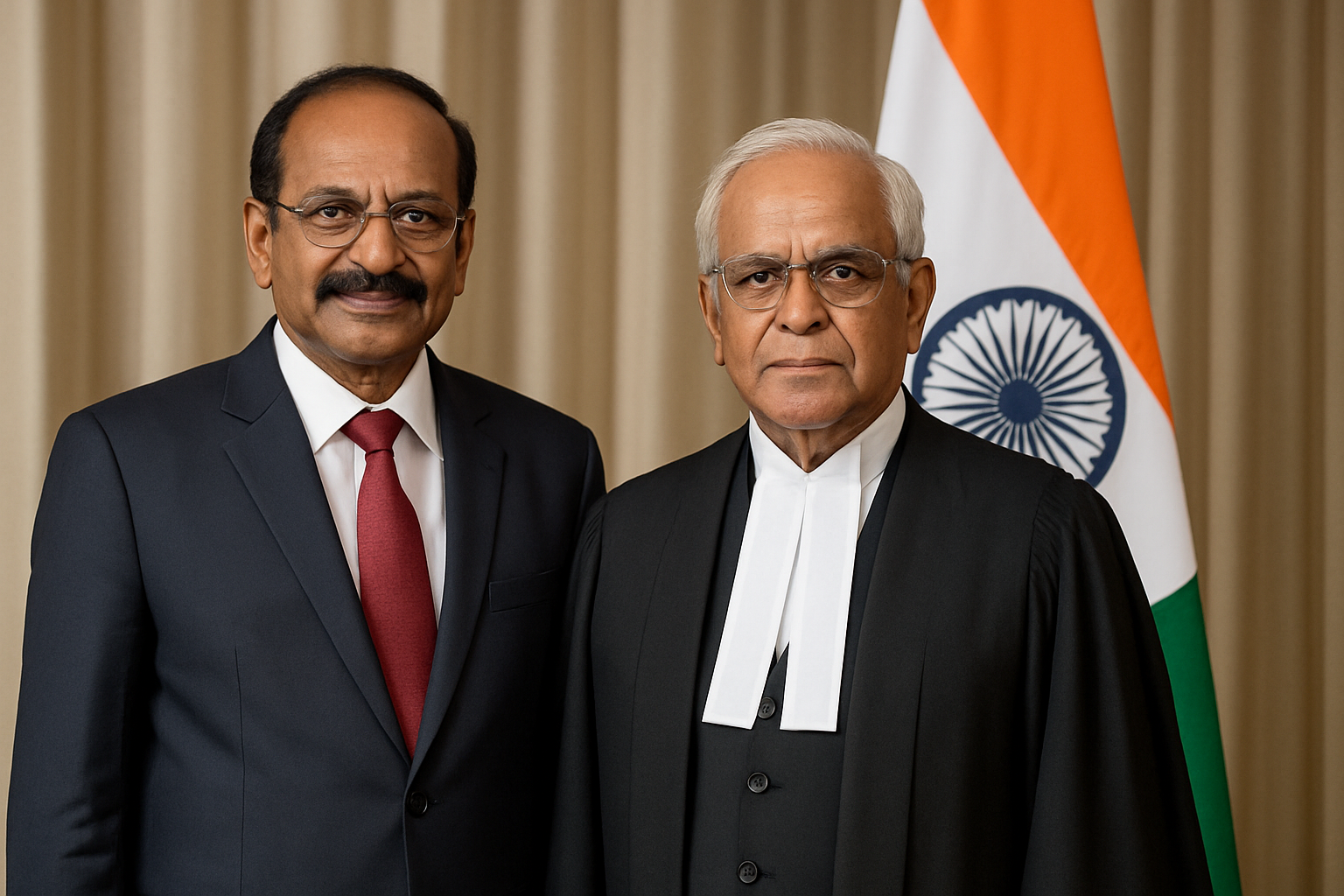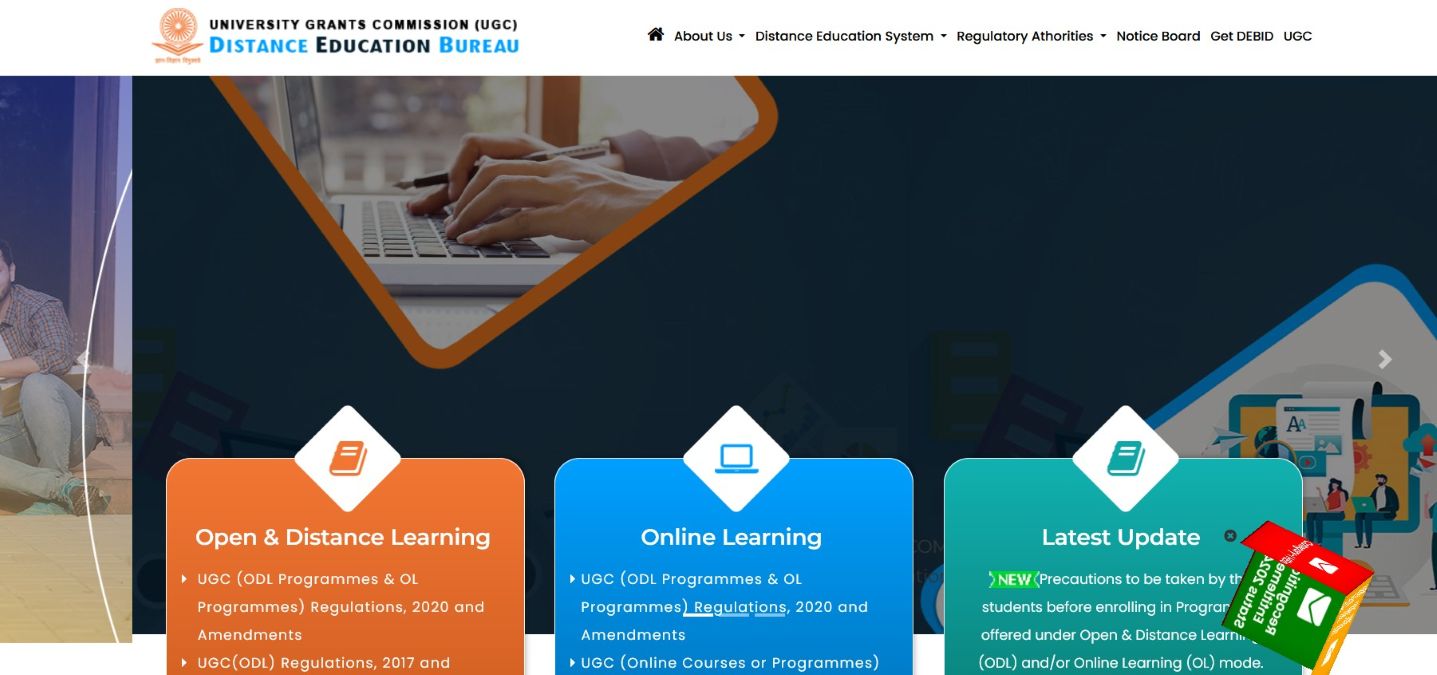Indian Vice Presidential Election – 2025

The Indian political landscape is buzzing with anticipation as the country gears up for an unexpected Vice Presidential election on September 9, 2025. This early poll comes after the resignation of incumbent Vice President Jagdeep Dhankhar due to health concerns, marking the first such premature election since 1987. As per Article 68 of the Constitution, the vacancy must be filled as soon as possible, setting the stage for a high-stakes contest between the ruling National Democratic Alliance (NDA) and the opposition Indian National Developmental Inclusive Alliance (INDIA bloc). In this blog, we’ll dive into a comparative analysis of the two candidates—C.P. Radhakrishnan from the NDA and B. Sudershan Reddy from the INDIA bloc—while unpacking the all-important “number game” that could decide the winner.
The Candidates: Political Veteran vs. Judicial Luminary
The Vice President of India isn’t just a ceremonial figure; they also serve as the Chairperson of the Rajya Sabha, playing a pivotal role in parliamentary proceedings. This election pits a seasoned politician against a retired judge, highlighting contrasting paths to power.
C.P. Radhakrishnan (NDA Nominee)
Born on October 20, 1957, in Tiruppur, Tamil Nadu, C.P. Radhakrishnan is a long-time Bharatiya Janata Party (BJP) leader with deep roots in southern politics.Currently serving as the Governor of Maharashtra, he has a robust political resume, including stints as a Member of Parliament and various party roles within the BJP. His nomination by the NDA, announced on August 17, 2025, is seen as a strategic move to leverage regional pride.By fielding a Tamil Nadu native, the NDA aims to put pressure on southern parties like the Dravida Munnetra Kazhagam (DMK), which is part of the INDIA bloc. Supporting Radhakrishnan could align with Tamil sentiment, but opposing him might be portrayed as anti-Tamil in the run-up to state elections in 2026.
Radhakrishnan’s strengths lie in his political experience and administrative acumen. As a governor, he has navigated complex state-Centre relations, and his BJP affiliation ensures strong backing from the NDA’s core machinery. However, critics argue his partisan background might raise questions about impartiality in the Rajya Sabha chair.
B. Sudershan Reddy (INDIA Bloc Nominee)
In contrast, B. Sudershan Reddy, born on July 8, 1946, in Akula Mylaram, Telangana, brings a non-political, judicial gravitas to the race.A former Supreme Court judge, Reddy is running as an independent but with full support from the INDIA bloc, announced on August 19, 2025.His legal career includes landmark judgments and a reputation for integrity, making him a “credible outsider” choice for the opposition.The INDIA bloc’s strategy mirrors the NDA’s regional play: By nominating a Telugu figure from Telangana, they aim to woo parties like the Yuvajana Sramika Rythu Congress Party (YSRCP) and Bharat Rashtra Samithi (BRS) in Andhra Pradesh and Telangana.Telangana Chief Minister Revanth Reddy has even called for Telugu unity behind him, invoking cultural pride similar to that of former Prime Minister P.V. Narasimha Rao.
Reddy’s appeal stems from his judicial independence and lack of overt political baggage, positioning him as a neutral arbiter for the Upper House. Yet, his age (79) and limited political experience could be seen as drawbacks in a role that demands navigating partisan debates.
Comparative Analysis: Experience, Strategy, and Symbolism
When comparing the two, the differences are stark:
- Background and Expertise: Radhakrishnan embodies political savvy, with decades in electoral politics and governance. Reddy, however, offers judicial wisdom, having served on India’s highest court.This pits executive/political experience against legal acumen—Radhakrishnan might excel in alliance-building, while Reddy could emphasize constitutional fairness.
- Strategic Choices: Both nominations are laced with regional calculus. The NDA’s Tamil pick challenges the DMK’s dominance in the south, potentially fracturing opposition unity.The INDIA bloc’s Telugu counter-move targets NDA allies in Andhra-Telangana, where cross-voting could tip the scales.It’s a battle of ideologies too: NDA’s emphasis on development and stability versus INDIA’s focus on judicial independence and opposition resilience.
- Strengths and Weaknesses: Radhakrishnan’s partisan ties could ensure loyalty but invite bias claims; Reddy’s neutrality is a plus, but he might struggle with political maneuvering. Symbolically, Radhakrishnan represents continuity with the NDA’s agenda, while Reddy signals a push for checks and balances.
This contest isn’t just about individuals—it’s a test of alliance cohesion post the 2024 Lok Sabha elections, where the NDA secured a majority but with reduced margins.
The Number Game: Who Holds the Edge?
The Vice President is elected by an electoral college comprising elected and nominated members of both houses of Parliament (Lok Sabha and Rajya Sabha), using a secret ballot and single transferable vote system.No state legislators vote, keeping it a purely parliamentary affair. The total strength is around 780-786 members, accounting for vacancies (one in Lok Sabha and five in Rajya Sabha).A candidate needs a simple majority—approximately 391-394 votes, assuming full turnout—to win.
Here’s a breakdown based on current alliance strengths:
| Alliance | Lok Sabha Seats | Rajya Sabha Seats | Total Projected Votes | Percentage |
|---|---|---|---|---|
| NDA | 293 (including BJP’s 240) | 129-139 (including nominees) | 422-436 | 55-56% |
| INDIA Bloc | 237 | 86 | 323 | 41% |
| Others/Unaffiliated | 8-22 | 14 | 22 | 3% |
- NDA’s Advantage: Led by the BJP, the NDA commands a comfortable majority, bolstered by allies like the Telugu Desam Party (TDP) and Janata Dal (United). Additional support from parties like YSRCP could push their tally higher.
- INDIA Bloc’s Challenge: Despite nominating a unifying figure in Reddy, the opposition lags with about 323 votes. Their hope lies in cross-voting from NDA fringes or neutrals, but internal cohesion remains a hurdle—past elections have seen defections.
- Cross-Voting and Variables: Secret ballots introduce uncertainty. If NDA rebels (e.g., due to regional loyalties) defect, the gap could narrow. Vacancies and absenteeism might also play a role, but full turnout is expected in such a high-profile poll
In the paper, the numbers favor the NDA, making Radhakrishnan the frontrunner unless dramatic shifts occur.
Conclusion: A Symbolic Showdown with Predictable Arithmetic
The 2025 Vice Presidential election is more than a formality—it’s a litmus test for India’s alliances amid evolving regional dynamics. C.P. Radhakrishnan’s political prowess contrasts sharply with B. Sudershan Reddy’s judicial stature, offering voters (MPs) a choice between continuity and change. Yet, as the number game shows, the NDA’s numerical superiority positions them for victory, potentially reinforcing their grip on key institutions.Regardless of the outcome, this contest underscores the vibrant, if polarized, nature of Indian democracy. Stay tuned for September 9—politics, as always, could surprise us!


